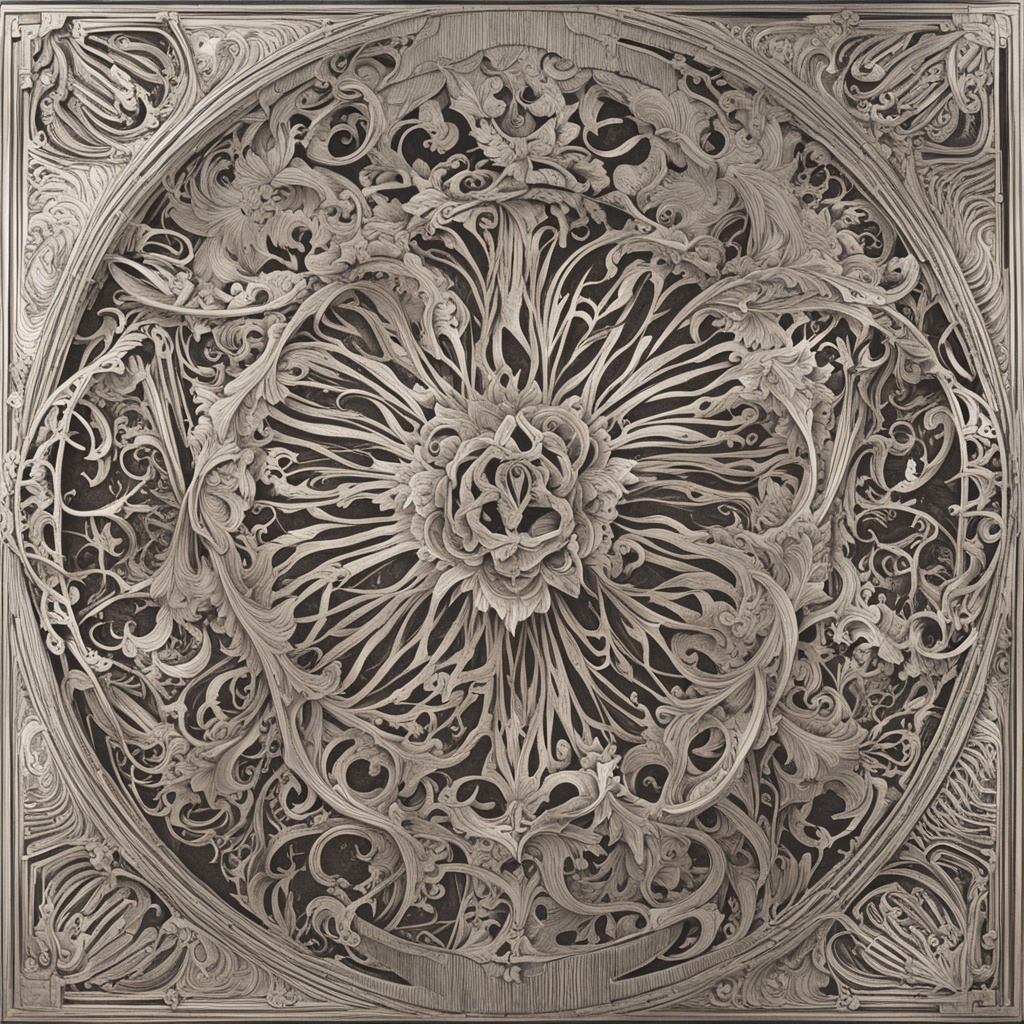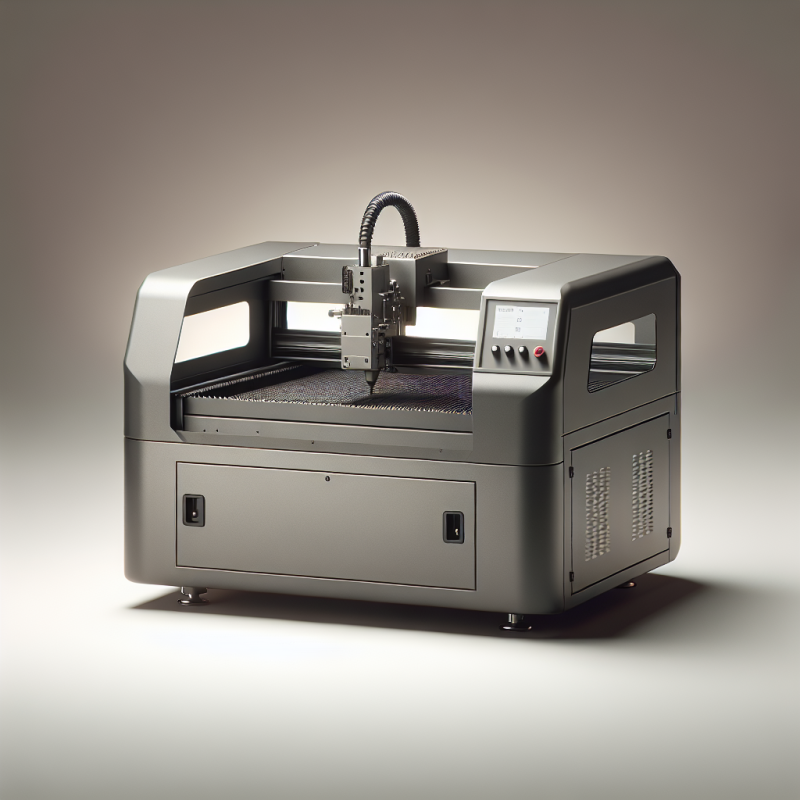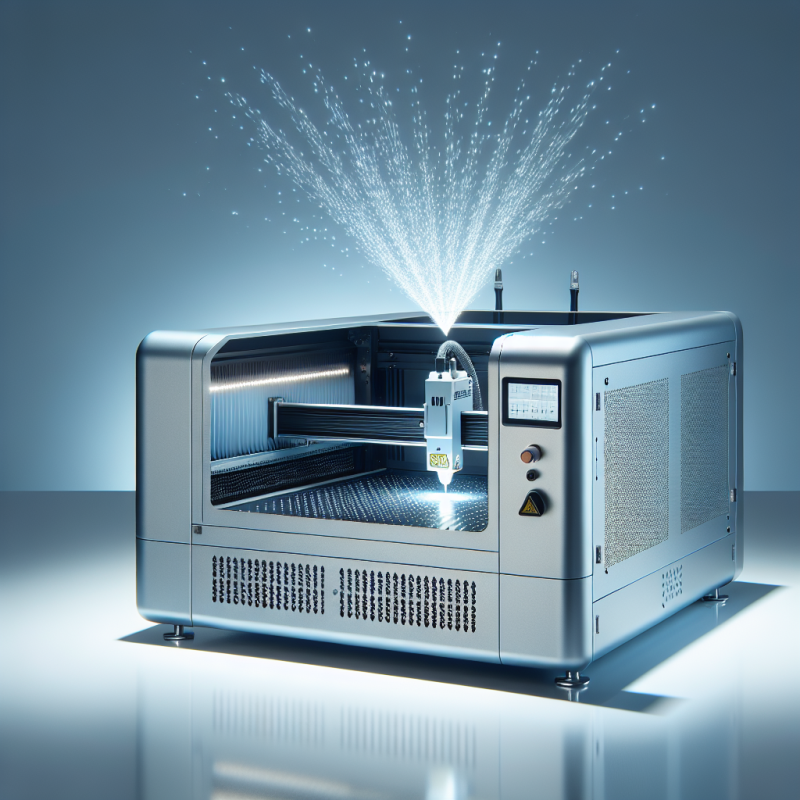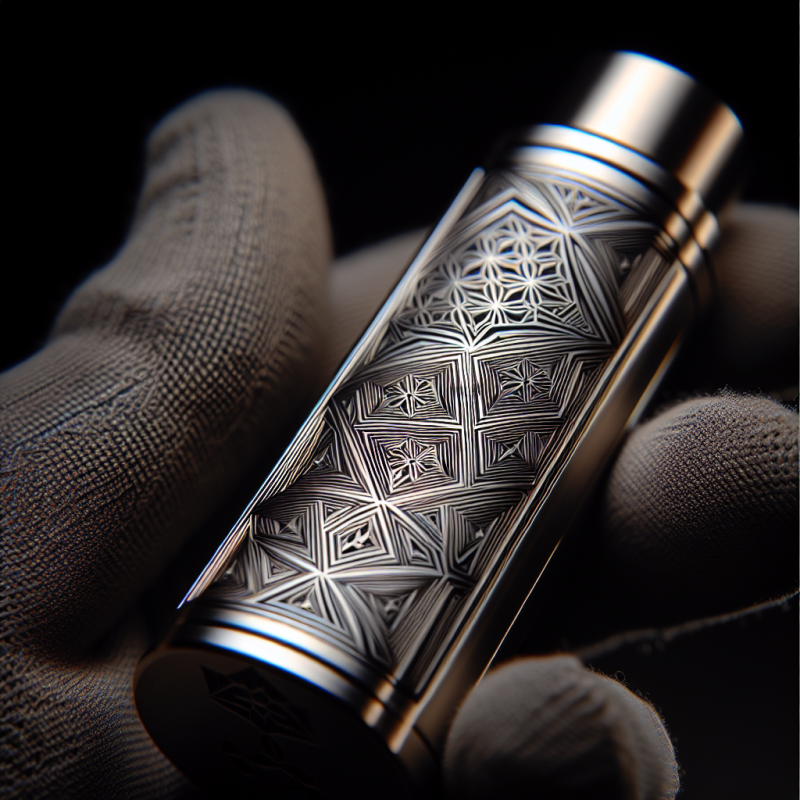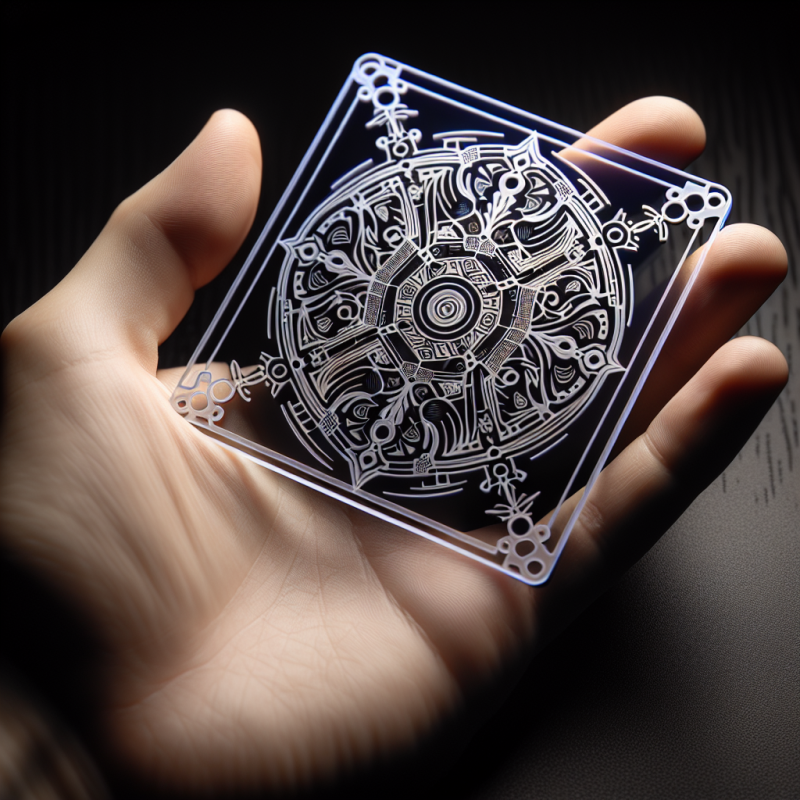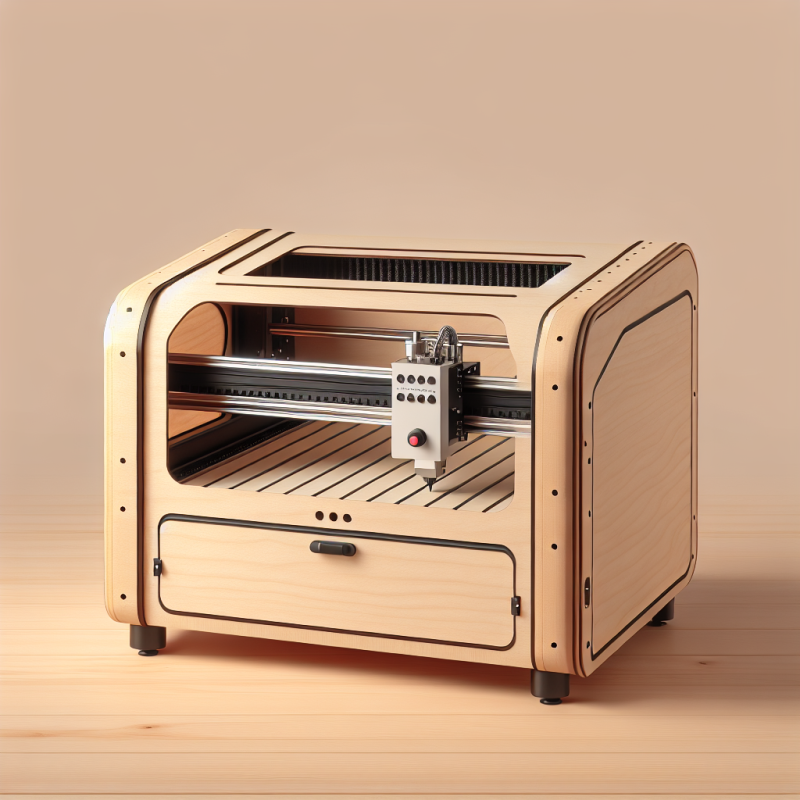The Ultimate Guide to Metal Laser Cutting Machines
Laser cutting technology has revolutionized the manufacturing industry, offering precision, efficiency, and versatility that traditional methods simply cannot match. Among the many laser cutting solutions available, metal laser cutting machines stand out as a cornerstone of modern fabrication. These machines are widely used across industries such as automotive, aerospace, electronics, and jewelry production due to their ability to handle various materials with ease. In this article, we’ll explore everything you need to know about metal laser cutting machines, including how they work, their benefits, applications, and more.
What is a Metal Laser Cutting Machine?
A metal laser cutting machine uses a focused laser beam to cut through materials by melting, burning, or vaporizing them. Unlike traditional cutting methods that rely on mechanical blades, laser cutting offers unparalleled precision and flexibility. The machine operates by directing the laser beam through optics onto the material, creating clean and accurate cuts. This technology is particularly effective for metals like steel, stainless steel, aluminum, and other alloys, making it a favorite in industries where precision is paramount.
If you’re considering investing in a metal laser cutting machine, it’s essential to understand its components and how they work together to achieve precise results. Let’s dive into the details of this remarkable technology.
How Does a Metal Laser Cutting Machine Work?
The process begins with a high-powered laser, typically a CO2 laser, which is commonly used in industrial applications. The laser beam is focused through a lens or mirror system onto the material being cut. As the laser heats the material, it either melts or vaporizes it, creating a clean cut. The machine’s precision allows for intricate designs and patterns that would be nearly impossible to achieve with traditional tools.
The operation of a metal laser cutting machine involves several key steps:
- Laser Generation: The laser is produced in the machine and amplified to high power levels.
- Focusing the Beam: The beam is focused onto the material using advanced optics.
- Cutting Process: The focused beam melts or vaporizes the material, creating a cut along the programmed path.
- Cooling and Extraction: Waste materials are removed, and cooling systems ensure optimal performance.
This process is highly automated, allowing operators to input designs and patterns into software that controls the machine’s movements. The result is a fast, efficient, and precise cutting operation.
Benefits of Using a Metal Laser Cutting Machine
The adoption of metal laser cutting machines brings numerous advantages to manufacturers:
- Precision: Laser cutting ensures minimal material waste and highly accurate cuts, making it ideal for complex designs.
- Speed: Compared to traditional methods, laser cutting is faster and can handle large-scale production efficiently.
- Versatility: The machine can cut various materials, including metals, plastics, and composites, offering flexibility in applications.
- Cost-Effective: Reduced material waste and faster turnaround times contribute to lower overall costs.
- Environmental Benefits: Laser cutting produces less waste and emissions compared to other methods, making it an eco-friendly choice.
These benefits make metal laser cutting machines a valuable asset for businesses looking to improve efficiency, reduce costs, and enhance product quality.
Applications of Metal Laser Cutting Machines
The versatility of metal laser cutting machines makes them suitable for a wide range of applications:
- Automotive Industry: Used to cut and shape components for vehicles, such as exhaust systems and engine parts.
- Aerospace: Ideal for cutting lightweight materials like titanium and aluminum used in aircraft construction.
- Jewelry Production: Enables intricate designs and precise cuts for precious metals like gold and silver.
- Electronics: Used to cut circuit boards and other components with high precision.
- Architecture: Creates custom metal parts for decorative and structural applications in buildings.
These applications highlight the importance of metal laser cutting machines in modern manufacturing.
Choosing the Right Metal Laser Cutting Machine
With so many options available, selecting the right metal laser cutting machine can be overwhelming. Here are some factors to consider:
- Laser Power: Higher power lasers are better for thicker materials, while lower power is sufficient for thinner sheets.
- Cutting Speed: Determine the desired production rate and choose a machine that aligns with your needs.
- Precision Requirements: Ensure the machine meets the accuracy standards required for your projects.
- Budget: Balance cost with features to find a machine that offers good value for money.
If you’re unsure which machine to choose, consult with experts or refer to reviews to make an informed decision.
Maintenance and Safety Tips
To maximize the lifespan and performance of your metal laser cutting machine, regular maintenance is essential. Here are some tips:
- Cleanliness: Keep the machine and its components clean to prevent dust buildup, which can affect performance.
- Lens Care: Ensure the focusing lenses are free from contaminants to maintain beam quality.
- Software Updates: Regularly update the control software to take advantage of new features and improvements.
- Safety Protocols: Follow all safety guidelines, including proper handling of materials and wearing protective gear.
By adhering to these maintenance tips, you can ensure your metal laser cutting machine operates efficiently for years to come.
Frequently Asked Questions
1. Can a metal laser cutting machine cut all types of metals?
While most machines are capable of cutting a wide range of metals, some may not handle extremely thick or hard materials effectively. Always check the specifications before purchasing.
2. How much does a metal laser cutting machine cost?
The cost varies depending on the size, power, and features. Entry-level machines can start around $50,000, while high-end models may exceed $100,000.
3. Is it easy to learn how to operate a metal laser cutting machine?
With proper training, operating the machine is relatively straightforward. Most manufacturers offer training programs to help operators master the equipment.
Conclusion
A metal laser cutting machine is a powerful tool that offers precision, versatility, and efficiency in metalworking applications. Its ability to handle complex designs and reduce material waste makes it an invaluable asset for manufacturers across various industries. Whether you’re working on automotive parts, jewelry, or architectural components, this technology ensures high-quality results every time.
If you’re ready to take your manufacturing process to the next level, consider investing in a metal laser cutting machine. To learn more about specific models and their features, visit our website for detailed product information and expert advice.


